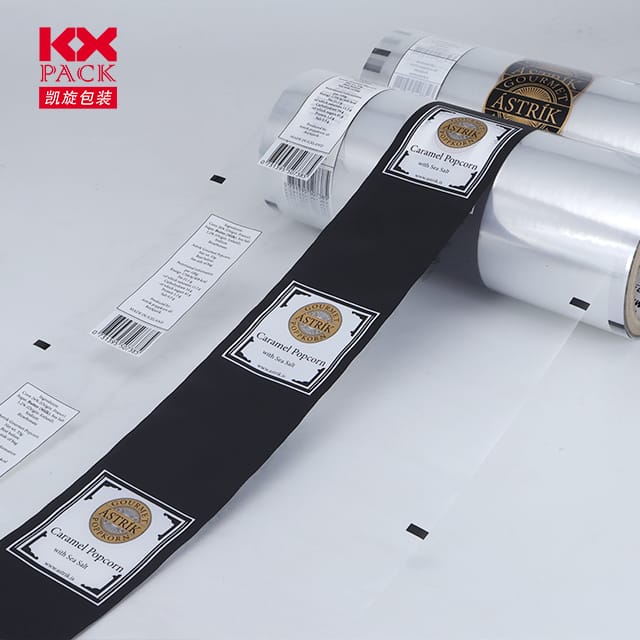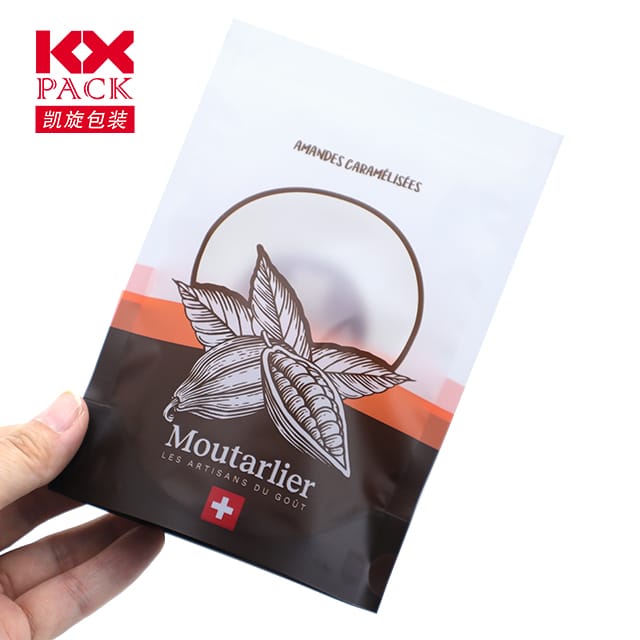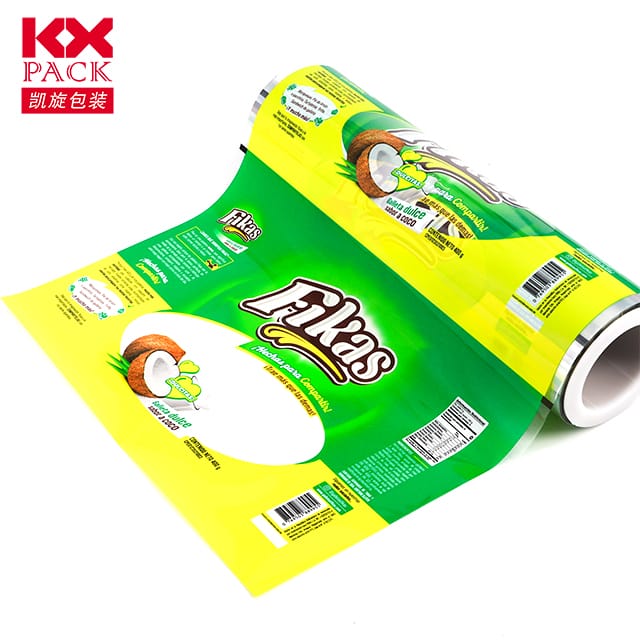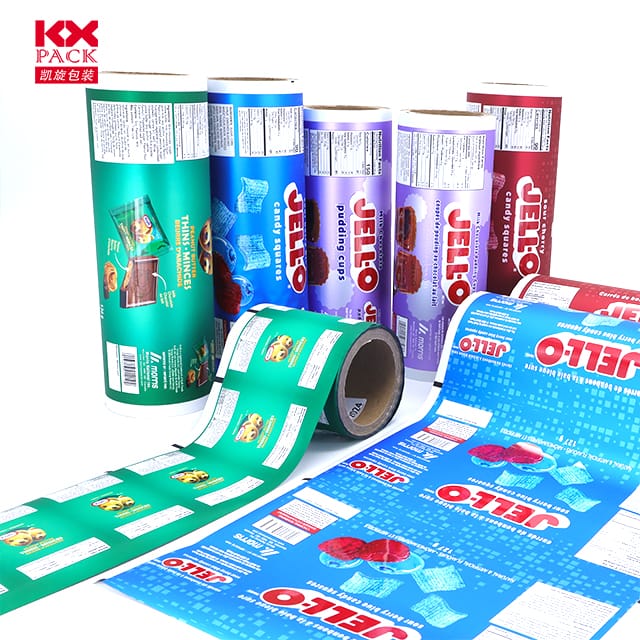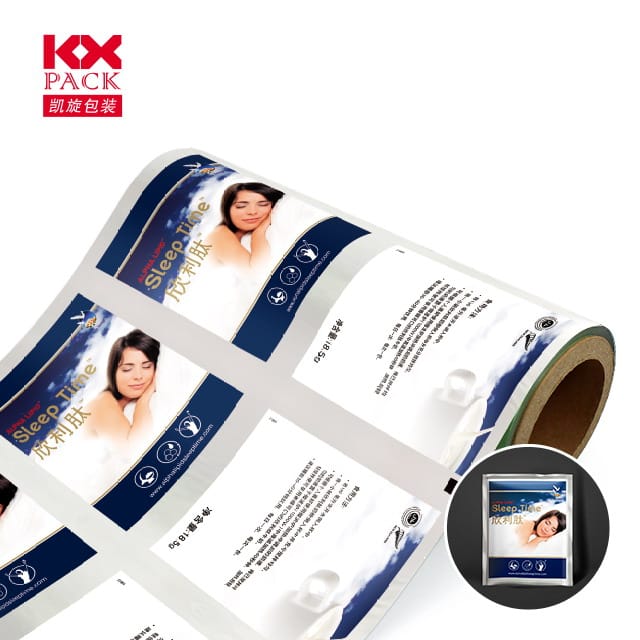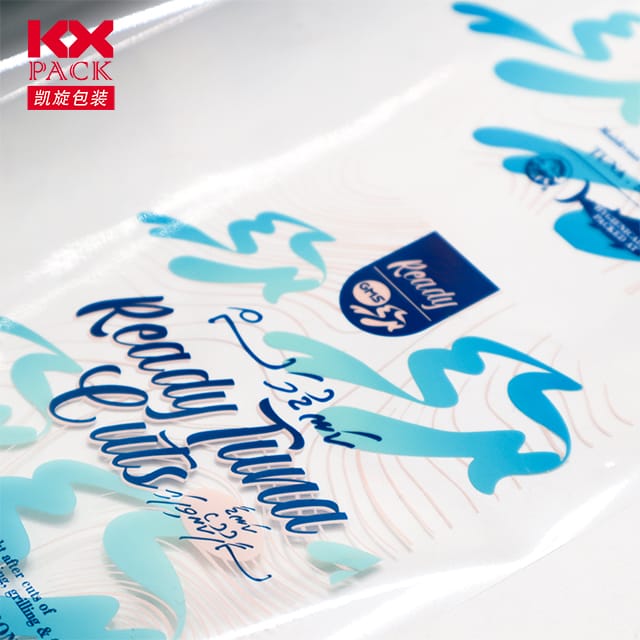Sustainable Solutions for Food Safety: Rethinking the Plastic Film Roll for Food Packaging
ม้วนฟิล์มพลาสติก
Plastic film rolls are a staple in food packaging—protecting everything from fresh produce to baked goods, ensuring freshness, และยืดอายุการเก็บรักษา. ยัง, their convenience comes at a cost: Single-use plastic films contribute significantly to global pollution, with billions of tons clogging landfills, มหาสมุทร, และระบบนิเวศ. But what if we could reimagine this essential tool to balance functionality with environmental responsibility? Let’s explore how innovations in plastic film rolls for food packaging are paving the way for a greener future.
The Environmental Dilemma of Traditional Plastic Films
Most conventional plastic films are made from เอทิลีน (วิชาพลศึกษา), โพรพิลีน (PP), or PVC—materials that take centuries to decompose. แม้เมื่อรีไซเคิล, these films often face contamination issues or lack proper collection infrastructure. ผล? Food packaging waste accounts for nearly 40% of global plastic production, much of it ending up as microplastics that infiltrate soil, water, และแม้กระทั่งห่วงโซ่อาหารของเรา(ม้วนฟิล์มพลาสติก-
The Shift Toward Sustainable Alternatives
โชคดี, the food packaging industry is evolving. Here’s how manufacturers are rethinking plastic film rolls:
- ภาพยนตร์ที่ย่อยสลายได้และสามารถย่อยสลายได้
- ทำมาจาก plant-based materials like corn starch, อ้อย, or algae, these films break down naturally in composting facilities within months.
- Ideal for short-shelf-life products (เช่น, salads, แซนวิช) where traditional plastic isn’t essential.
- Recycled Content Films
- Using รีไซเคิลหลังผู้บริโภค (PCR) พลาสติก reduces reliance on virgin materials and diverts waste from landfills.
- Advances in recycling technology now allow for stronger, clearer films suitable for a wider range of food products.
- Edible and Water-Soluble Films
- Cutting-edge options include edible coatings (ทำจากสาหร่ายหรือแป้ง) that protect food and can be consumed or discarded harmlessly.
- Water-soluble films dissolve in water, eliminating waste entirely.
- Reusable and High-Barrier Films
- ทนทาน, multi-layer films designed for ภาชนะที่ใช้ซ้ำได้ (เช่น, silicone lids or beeswax wraps) reduce single-use waste.
- ภาพยนตร์สูง (with oxygen or moisture control) extend shelf life, reducing food waste—a critical sustainability goal.
การปรับสมดุลฟังก์ชั่นและความยั่งยืน
While eco-friendly alternatives are promising, ความท้าทายยังคงอยู่:
- ค่าใช้จ่าย: Sustainable films often cost more to produce, though prices are dropping as technology scales.
- ผลงาน: Some biodegradable films lack the strength or barrier properties of traditional plastic, limiting their use for certain foods.
- Infrastructure: Compostable films require industrial composting facilities, which are scarce in many regions.
อย่างไรก็ตาม, brands and consumers are driving change by:
- การลงทุนใน R&ดี to improve film durability and affordability.
- Advocating for policy changes (เช่น, extended producer responsibility laws).
- Choosing minimal, recyclable packaging หากเป็นไปได้.
How Consumers Can Make a Difference
You don’t need to wait for perfect solutions to act:
- Support Brands Using Sustainable Films: Look for certifications like TÜV Austria’s OK Compost หรือ BPI (Biodegradable Products Institute).
- Reduce and Reuse: เลือกซื้อสินค้าจำนวนมาก, ภาชนะที่ใช้ซ้ำได้, or beeswax wraps to minimize film reliance.
- รีไซเคิลอย่างถูกต้อง: Clean and recycle PE/PP films where accepted (check local guidelines).
- Demand Transparency: Pressure companies to disclose film materials and end-of-life options.
The Future of Food Packaging: A Holistic Approach
Sustainable plastic film rolls are just one piece of the puzzle. The ultimate goal? กcircular economy where packaging is designed for reuse, recycling, or composting. This requires:
- การทำงานร่วมกัน between governments, manufacturers, และผู้บริโภค.
- นวัตกรรม in materials science (เช่น, mycelium-based films or lab-grown alternatives).
- การศึกษา to dispel myths about plastic’s necessity in food safety.
Your Role in the Transition
Every time you unwrap a snack or store leftovers, you have a choice. By supporting sustainable packaging, advocating for change, และลดขยะ, you’re helping redefine the role of plastic film rolls in our lives.
Ready to rethink your food packaging habits? Share your favorite eco-friendly swaps or questions in the comments—let’s build a zero-waste kitchen together! 🌱🍴
Hashtags: #SustainablePackaging #PlasticFreeFuture #FoodWaste #GreenInnovation #CircularEconomy


